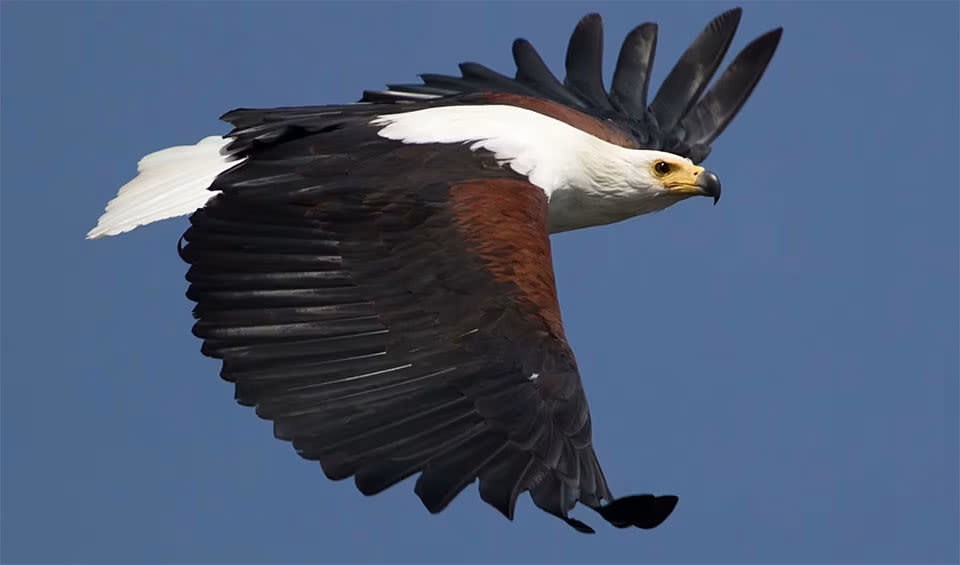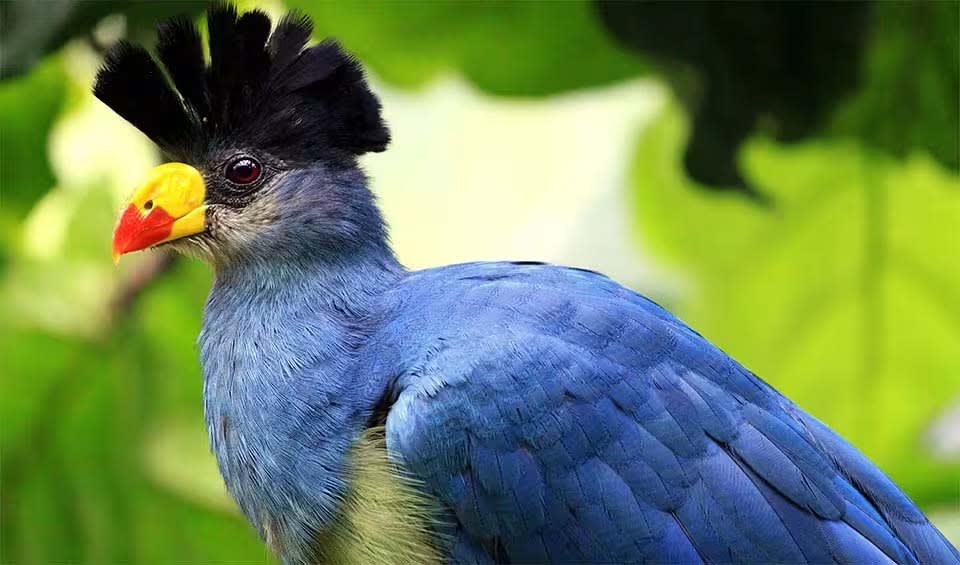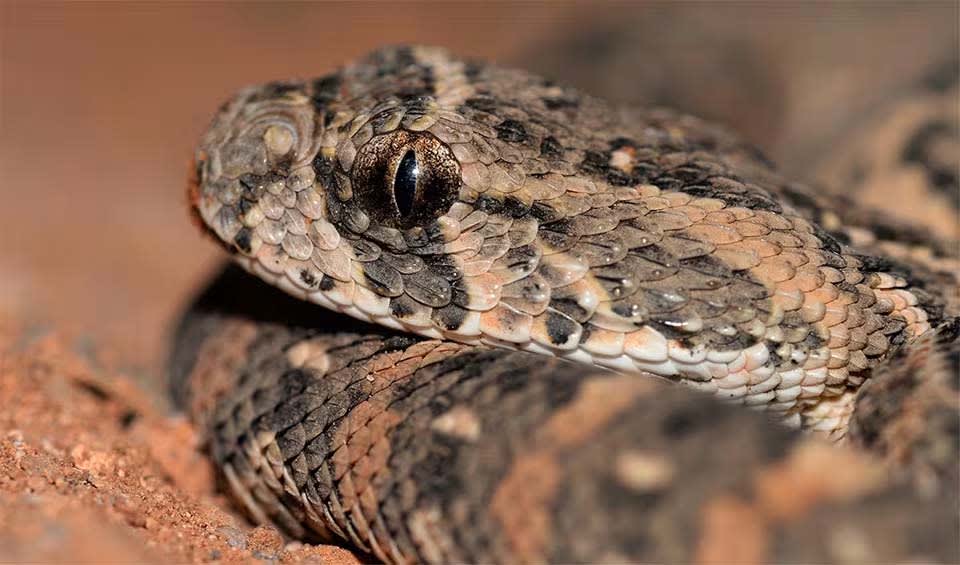Burundi boasts a remarkable diversity of animal and plant species, positioning it as a biodiversity hotspot within East Africa. The vast majority of Burundi’s population, exceeding 90%, relies on biodiversity for their sustenance, encompassing vital sectors like agriculture, fisheries, and forestry. The potential loss of biodiversity poses a significant threat to the nation’s economy and food security. Forests are particularly pivotal in providing essential ecosystem services, ranging from supplying medicinal plants crucial for local communities to furnishing fuelwood essential for cooking and heating purposes.
Additionally, Burundi features diverse aquatic ecosystems, including marshes, lakes, ponds, and streams. Given the country’s heavy dependence on biodiversity for agricultural produce, fisheries, forests, and medicinal resources, biodiversity preservation remains of utmost importance in Burundi.
Four pillars elaborated:
Burundi takes pride in its 14 protected areas, covering 5.6% of its landmass and safeguarding 31% of its natural ecosystems. These designated zones consist of one national park, two nature reserves, and three natural monuments. Specifically, Kibira National Park, celebrated for its chimpanzees and diverse bird species, falls under the category of national parks. Nature reserves like Bururi Forest and Kigwena Forest serve as vital havens for preserving valuable biodiversity. Land Management
Land Management
Notable natural monuments include Chutes de la Kagera, an awe-inspiring waterfall, and the Source du Nil, marking the origins of the Nile River. Geographically distributed, these protected areas include Kibira National Park in the northwest, Bururi Forest in the southwest, and the Source du Nil in the south. The management of these areas falls under the jurisdiction of the National Institute for Nature Conservation (INECN).
The major threats to biodiversity in Burundi are deforestation and depletion of biological resources, overexploitation of animals, pollution, the proliferation of invasive alien species, rapid replacement of agricultural breeds and varieties in use, and climate change. Deforestation in the country is caused by uncontrolled harvesting of biological resources, land clearance for agricultural purposes, mining activities, urban development, overgrazing, and bushfires. Threats to Biodiversity
Threats to Biodiversity
Burundi engages in cooperative efforts with neighboring nations and regional bodies to enhance research and training initiatives. For instance, collaboration with Belgium includes joint university programs focused on doctoral-level training. Moreover, partnerships between the National Institute for the Environment and Nature Conservation, the University of Burundi, and Belgian institutions like the Royal Museum for Central Africa and the Royal Belgian Institute of Natural Sciences support activities linked to biodiversity through centers like the African Biodiversity Information Centre and the Global Taxonomy Initiative. Capacity and Governance
Capacity and Governance
Despite these collaborations, challenges persist, such as the absence of effective management structures, inadequate integration of biodiversity concerns into various sectors, insufficient human capacity, limited stakeholder engagement, and the absence of policies addressing protected areas, demographic shifts, and traditional knowledge protection. Additionally, although Burundi allocates funding for environmental projects, they are not specifically tailored to meet the goals and targets of the Convention.
In 2013, Burundi established its revised NBSAP 2013-2020, envisioning the comprehensive restoration, conservation, and wise utilization of biological diversity by 2030. This vision is supported by 11 guiding principles and five national priorities. These priorities aim to foster stakeholder engagement, halt biodiversity pressures through knowledge and effective techniques, preserve diverse ecosystems, optimize biodiversity benefits, and facilitate participatory planning, knowledge management, and capacity building efforts. Future Trends
Future Trends
Biodiversity
The country’s western region, dominated by the shores of Lake Tanganyika, is one of the oldest and deepest lakes in the world. This lake is home to numerous endemic species, particularly cichlid fish, which exhibit remarkable diversity in form and behavior. The surrounding wetlands and marshes provide critical habitats for numerous bird species, including the elusive shoebill and the African fish eagle, as well as amphibians and reptiles.Burundi’s forested regions, such as the Kibira National Park, represent a continuation of the Congo-Nile Divide forests. These montane forests harbor a variety of primate species, including chimpanzees and colobus monkeys, alongside an array of birds, insects, and plants unique to the Albertine Rift. The park’s dense vegetation and complex ecosystem make it a key area for both biodiversity and water catchment, supporting the livelihoods of local communities.
In the table below are the number of known species in several main groups, how many of these species are Threatened with extinction, and how many of them are Endemic (unique to Burundi only):
| Species (World rank) |
Threatened | % Threatened | Endemic | % Endemic | |
|---|---|---|---|---|---|
| Mammals | 175 (#68) | 14 | 8.0% | 1 | 0.6% |
| Birds | 586 (#56) | 20 | 3.4% | 1 | 0.2% |
| Reptiles | 69 (#109) | ||||
| Amphibians | 29 (#83) | 1 | 3.4% | 1 | 3.4% |
| Fishes | 244 (#159) | 17 | 7.0% | 6 | 2.5% |
| Plants | 740 (#189) | 51 | 6.9% | 100 | 13.5% |
mammals
Reticulated giraffe
The most common giraffe in zoos is the second most endangered giraffe species
African wild dog
85% successful kills! Yet irreversibly waning, it is among the most endangered canids in Africa
Chimpanzee
Our closest living relative from the wild
birds
African fish eagle
With its striking appearance and distinctive call, it is often referred to as the “voice of Africa”
Bateleur
One of the easiest birds of prey to identify from a distance
Great blue turaco
A bird as big as a crow but with feathers that shimmer an unbelievable shade of blue
reptiles
Nile crocodile
One of the most iconic animals of Africa and the second largest reptile on earth
Black mamba
Africa’s most feared snake that would inevitably evoke reactions of fear by just its looks
Puff adder
Notoriously grumpy, always putting on a dramatic hissy fit when approached
National Animals
Spotted hyena
Also known as Laughing Hyena, it gets chewed a lot for being cruddy and a good-for-nothing scavenger!
Lion
Tufted-tailed Simba in the plight















